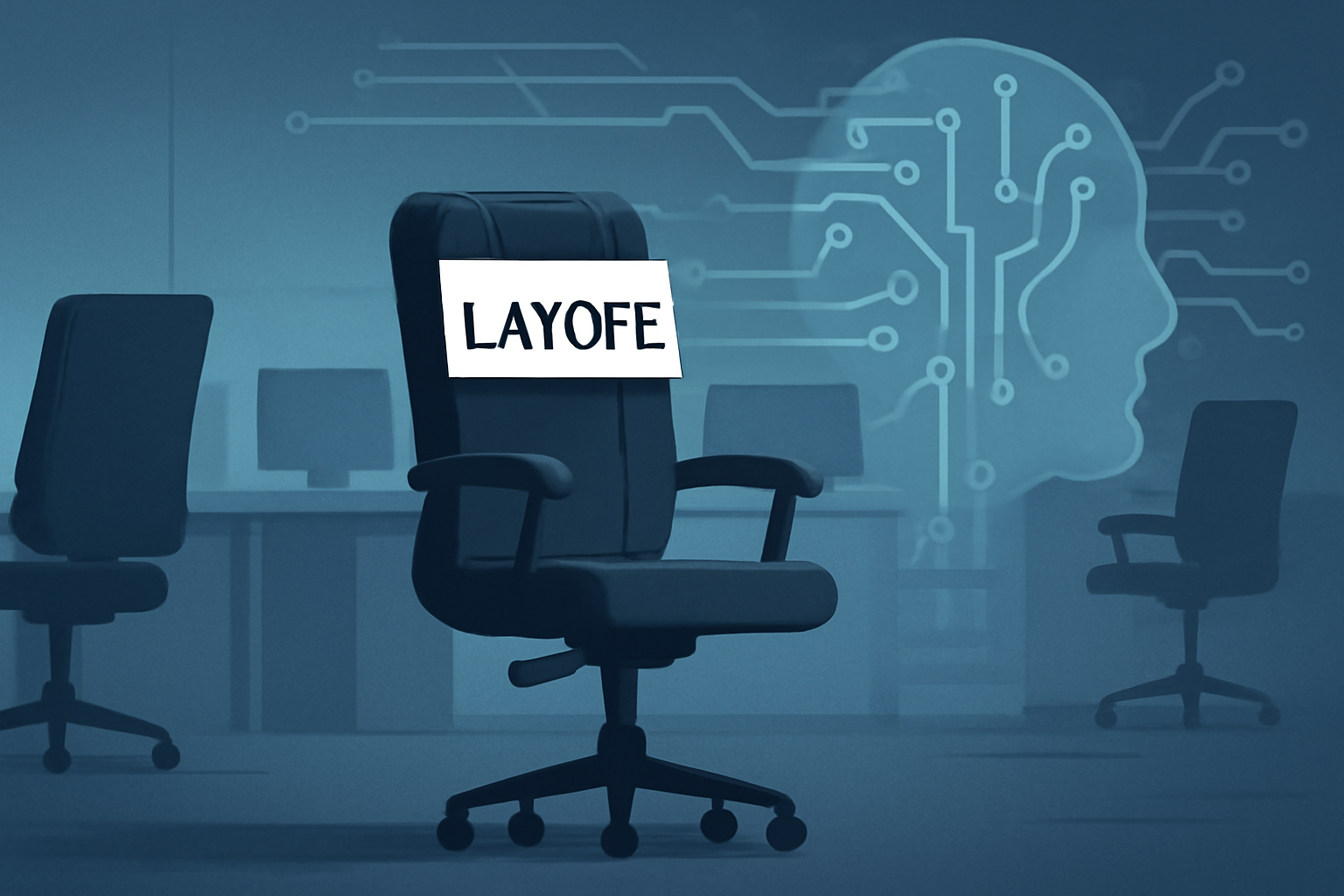The once euphoric rise of India’s AI industry is now confronting its first real reality check. Gone are the days when every new announcement was about funding, expansion, and unicorn valuations. In 2025, the headlines are turning stark—with Bhavish Aggarwal’s AI venture, Krutrim, becoming the latest, and the loudest, in the growing wave of job cuts across India’s artificial intelligence sector.
Krutrim: From AI Dream to Layoff Reality
Krutrim burst onto the scene with sky-high ambitions, projecting itself as India’s answer to OpenAI. With a deep focus on vernacular artificial intelligence and conversational bots, the company quickly scaled up—especially its linguistics, design, and engineering teams as they built the flagship assistant, Kruti, to serve in multiple Indian languages.
But the dream run hit a wall in July 2025. Over 100 employees, mainly from language research and support divisions, were let go in a single sweep—Krutrim’s second such round this year. Officially, the company called it a “strategic realignment,” but insiders tell a different story: slowing funding pipelines, difficulty to convert pilots into real revenues, and a pivot toward fewer, but more profitable, AI solutions.
Why Layoffs? And Why Now?
1. Funding Slowdown, Investor Jitters
The AI funding environment in India has cooled down dramatically from its 2022-23 highs. Where earlier VCs chased every new AI pitch, now they demand clear business models and sustainable traction—few companies can deliver. Krutrim, despite its star founder and hype, reportedly found it harder than anticipated to raise subsequent rounds at the previously expected valuations.
2. Talent Surplus and Shifting Requirements
Krutrim, like many early-stage AI startups, hired fast to outpace competitors—especially in linguistics, data labeling, and model tuning. Once their core product shipped and the focus shifted towards optimizing for scale and monetization, large parts of the team (especially in non-engineering roles) became redundant to streamlined targets.
3. Global Pressure, Local Consequences
Rapid advancements by global AI giants (Microsoft, OpenAI, Google) forced Krutrim and peers to compete at an unforgiving pace. Indian startups, with much smaller R&D budgets, face a double bind: go lean or get outpaced. For Krutrim, the hard choice was to shed jobs and rework its growth strategy toward core engineering, partnerships, and markets with paying customers.
Not Just a Krutrim Problem—A Sector Trend
Krutrim’s layoffs echo moves across both Indian and global AI/tech sector:
-
TCS and Infosys have already paused campus hiring in several AI units.
-
Various Indian SaaS startups in AI/ML applications reported smaller, quieter layoffs as automation replaced routine tasks.
-
Early-stage VC funding for Indian AI startups was down over 90% in Q2 2025 compared to early 2024 peaks.
Layoffs are now spreading beyond core tech: marketing, infrastructure, and even product teams feel the heat, showing just how fundamental this recalibration is.
The Human Toll: Dreams on Hold
For employees, the reality stings. Many joined Krutrim lured by the promise of building for “Bharat”—creating AI that understands Indian languages and nuances. Bengaluru’s talent market, once buzzing with AI poaching wars, now sees nervous resumes and abrupt career turns.
Young AI talent, in particular, faces a dilemma: double down on deep technical upskilling for the hottest roles—or pivot back to stable IT jobs with established companies. For Krutrim alumni, the question is whether to stick with India’s AI scene or test waters abroad.
What This Means for Indian Startups
-
No More Hype-Driven Hiring: Startups must assemble teams that match market realities, not just visionary pitch decks.
-
Beyond Funding Headlines: Survival now demands revenue, user delight, and sustainable advantage—not just valuations and press coverage.
-
Build Deep, Not Just Big: India’s next AI unicorns will likely come from companies who solve real, scalable problems, with smaller, cross-functional teams and a culture of relentless product iteration.
Could This Crisis Fuel a Stronger Ecosystem?
Painful as this wave feels, there’s a silver lining. The sector will mature. Founders will think longer-term, investors will back more sustainable plays, and talent will focus on continuous learning and adaptability. India’s “AI for Bharat” story isn’t over; it’s simply entering its second act—harsher, perhaps, but also more grounded and resilient.
Krutrim’s layoffs aren’t just about cost-cutting—they’re a signal to every Indian startup: The road to the top is no longer paved with unlimited capital, hype, or expansion-at-all-costs. Survive this era, and you’re set to define the future of AI for India and beyond.




